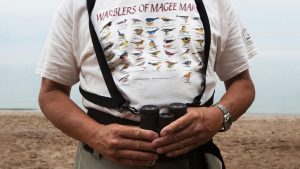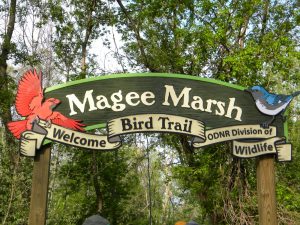What is a Harmful Algal Bloom?
Image provided by: https://earth.esa.int/web/earth-watching/environmental-hazards/content/-/article/algal-blooms-in-lake-erie-north-america-
Harmful Algal Blooms (HABs) have been increasing in the Great Lakes due to fertilizer run-off, reappearing each summer with more mass each year. Algal Blooms occur because of nitrogen and phosphorus rich environments. With the many water sheds meeting in Lake Erie much of Ohio’s agricultural run-off pores into the lake containing fertilizers high in nitrogen and phosphorus, that enhance the algal bloom growth. This run-off occurs when it rains, as snow melts, or as farmers water their crops and many other ways.
HABs are excessive growths of algal in marine and freshwater watersheds.(EPA) Some HABs are non-toxic but will still damage the ecosystem while other HABs secrete toxins.
How Are HABs Harming Ecosystems?
Image by: https://iboess.wikispaces.com/5.4+Eutrophication
Harmful Algal Blooms can be toxic to humans and their pets but can create dead zones in marine and freshwater watersheds. A dead zone is created by HABs due to eutrophication. The excess of nutrients such as nitrogen and phosphorus is known as, eutrophication.(NCBI) This eutrophication creates a hypoxic environment which means oxygen deficient environment.(Elsevier)
This Hypoxic environment is due to over-grown vegetation and algae blooms caused by agricultural run-off. The area becomes oxygen deficient when the algae biomass’ die.(Elsevier) When they die the mass sinks to the floor of the reservoir and begins decomposition. Decomposition requires oxygen which id taken out of the environment.(NCBI) This cycle leads to hypoxic zones.
Oxygen being sucked out of the environment means less oxygen for fish and other organisms resulting in mass die offs known as dead zones. Harmful Algal Blooms cause concerns for watershed health, biodiversity, fisheries, and farming communities.
Why Should We Care?
Many species rely on Lake Erie, providing breeding grounds, pit stops, and year round habitat. Families, economies, and biodiversity depends on the health of Lake Erie. Lake Erie provides crucial habitat that nurtures biodiversity and the survival of many threatened and endangered species.
Fisheries depend on the Lake to be rich in resources. With dead zones increasing fisheries are losing income. These individuals lose money causing problems for families and economies that depend on fisheries. This includes tourist locations near the lake.
How Are Farmers in Ohio Helping to Reduce Agricultural Run-Off?
The EPA has done a study and identified the source of the HABs in Lake Erie, studies showed that the nutrients were coming from hundreds of farms that span from Ft. Wayne, Ind., to Toledo.(K, Matheny) These studies showed that 2017 ranked the highest for eutrophication.(K, Matheny)
Farmers hope to reduce agricultural run-off by adopting organic methods of farming, altering farm machinery, and develop soil conservation methods. Farmers are targeting manure and fertilizer run-off to put a dent in harmful algal bloom growth.(J, McCarty)
Organizations such as Alliance For the Great Lakes help pair farmers with government programs and resources to help reduce harmful algal blooms. Developing educational programs, discounts for certain farming practices, third party certifications, and guidance on farming techniques. More programs could help provide information to more farmers.
References
1.Harmful Algal Blooms. (2017, April 07). Retrieved June 20, 2018, from https://www.epa.gov/nutrientpollution/harmful-algal-blooms
2. Michalak, A. M., Anderson, E. J., Beletsky, D., Boland, S., Bosch, N. S., Bridgeman, T. B., . . . Zagorski, M. A. (2013, April 16). Retrieved June 2, 2018, from https://www.ncbi.nlm.nih.gov/pmc/articles/PMC3631662/
3. The re-eutrophication of Lake Erie: Harmful algal blooms and hypoxia. (2016, May 18). Retrieved June 20, 2018, from https://www.sciencedirect.com/science/article/pii/S1568988315301141
4. McCarty, J. F. (2017, June 11). How NW Ohio farmers are trying to shrink Lake Erie toxic algal blooms (photos, video). Retrieved June 22, 2018, from https://www.cleveland.com/metro/index.ssf/2017/06/how_nw_ohio_farmers_are_trying.html
5. Lake Erie Algae Blooms: Polluting Our Drinking Water. (n.d.). Retrieved June 22, 2018, from https://greatlakes.org/campaigns/lake-erie-algae-blooms/
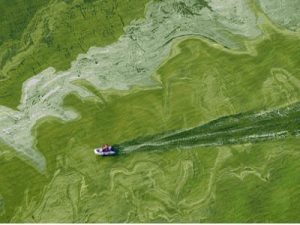








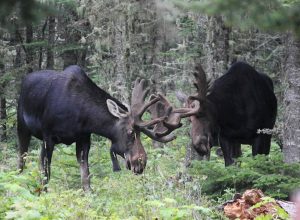
 Donations, conservation license plates and checkoff contributions are ways that you can contribute to the Ohio Department of Natural Resources so that they can work towards bringing and keeping native Ohio wildlife species to their natural range.
Donations, conservation license plates and checkoff contributions are ways that you can contribute to the Ohio Department of Natural Resources so that they can work towards bringing and keeping native Ohio wildlife species to their natural range.
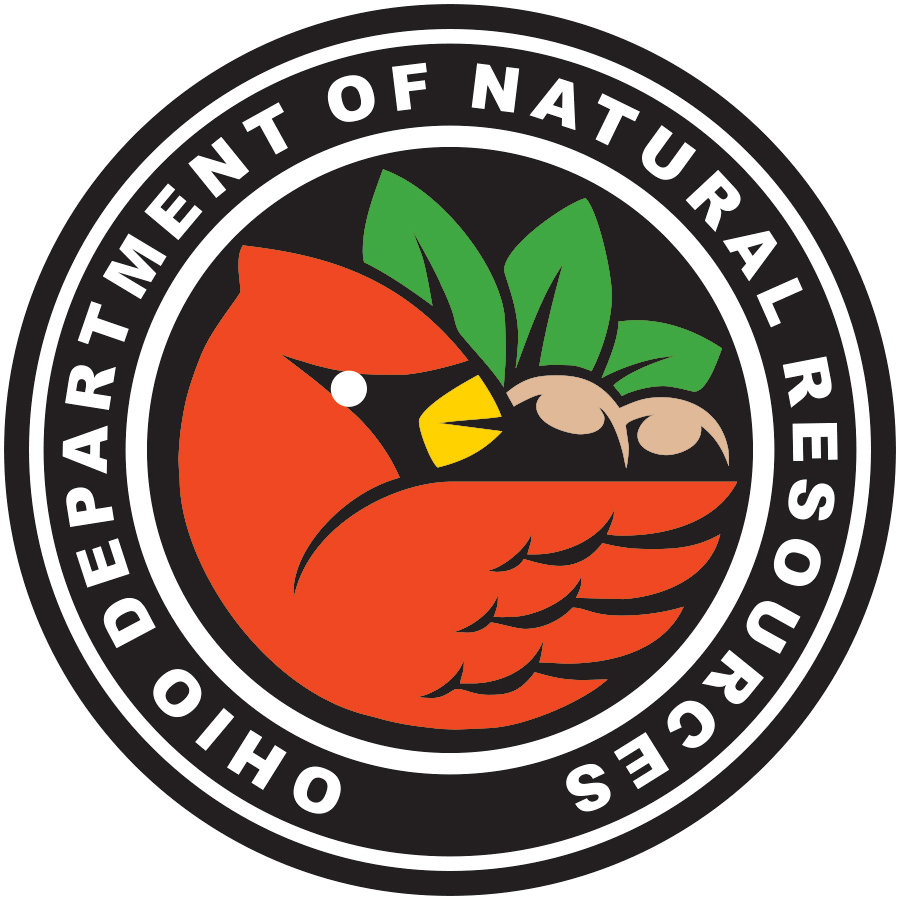 Ohio Department of Natural Resources is in charge of wildlife, state parks, nature preserves, conserves, water/watercrafts, forestry, mineral resources, geology, coastal, oil and gas resources and real estate resources in the state of Ohio. ODNR is used by many of us in the state or at least has benefit all of us in one of the divisions they are in charge of.
Ohio Department of Natural Resources is in charge of wildlife, state parks, nature preserves, conserves, water/watercrafts, forestry, mineral resources, geology, coastal, oil and gas resources and real estate resources in the state of Ohio. ODNR is used by many of us in the state or at least has benefit all of us in one of the divisions they are in charge of.




